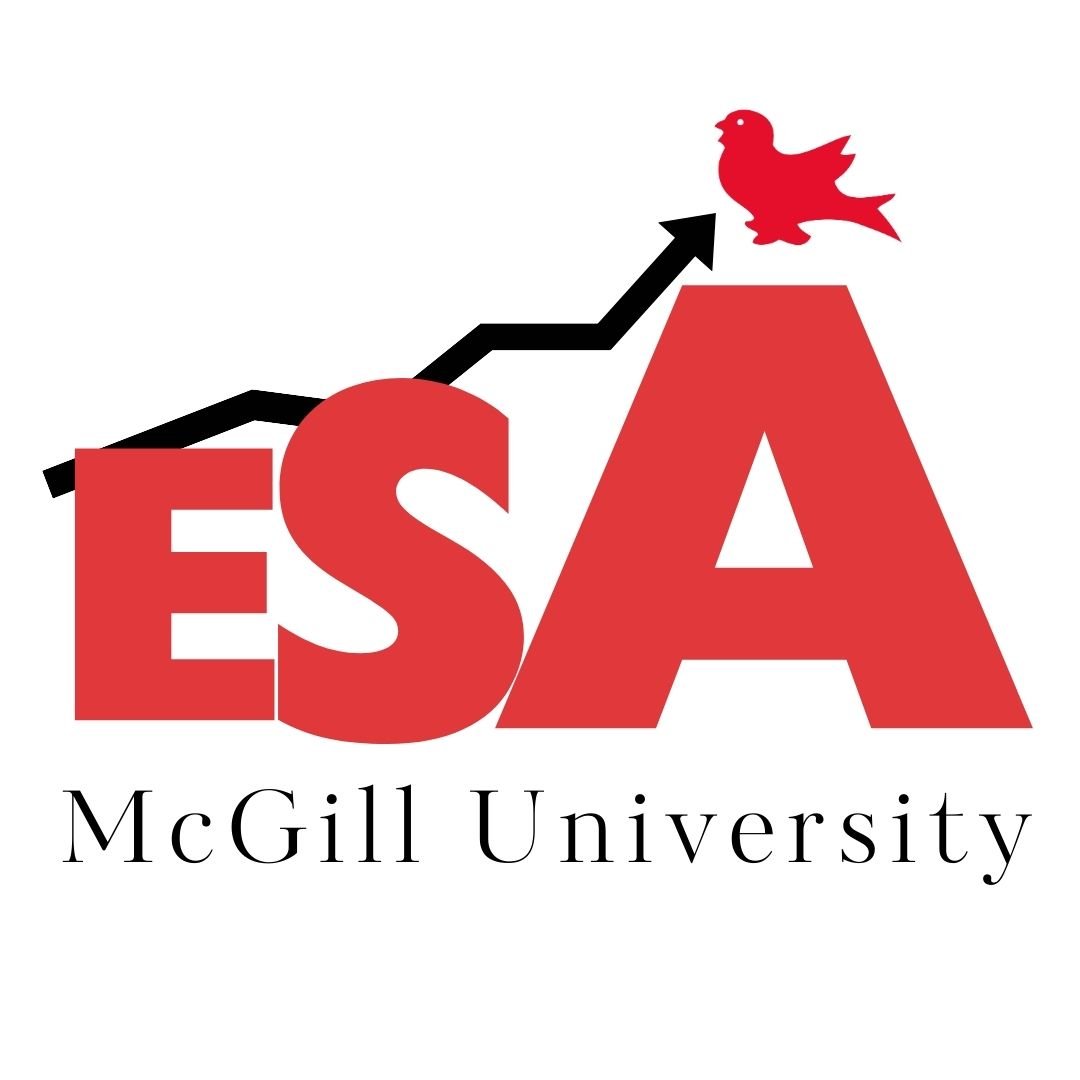Taxing What Sounds Right: The Liberal Party Bank Tax
Premier Justin Trudeau promised to help Canadians buy a home in the currently booming housing market when he proposed a 3 percent surtax on profit over $1 billion for financial institutions and insurers. Should banks pay these extra taxes? Perhaps. Although this promise sounds politically attractive in light of the enormous profits banks have amassed following the strong pandemic recovery, increasing the corporate tax rate from 15% to 18% is not the most effective way for the government to raise revenue.
Implementing this tax on the most profitable banks and insurance providers would cause some serious harm, such as the distortion of banks’ risk-taking behavior. Interest on bank debt is tax deductible, whereas the surtax on profits makes bank equity more expensive. By enacting this measure, banks may be incentivized to increase their use of debt, thus risking greater instability.
Banks must operate above a minimum capital requirement – that is, they must have a sufficient amount of capital in order to operate. Imposing a 3% surtax on profits over $1 billion may result in lower equity levels, challenging the satisfaction of this requirement and further destabilizing the financial industry. In addition, the profitability of banks is important for Canadians given that the vast majority own shares in banks through pension plans, mutual funds, and direct investments. Due to the discussed distortion, the dividends paid from lower levels of equity may fall, adversely affecting hard-working Canadians.
After the 2008 Financial Crisis, the International Monetary Fund (IMF) proposed the implementation of bank levies – that is, an additional tax on specific elements of a bank’s balance sheet. This type of tax can be used to either raise money to fund the too-big-to-fail guarantee or the state budget during a financial crisis. Enacting a bank levy, which has been proven successful in Europe, can ultimately serve multiple purposes. During the 2008 Financial Crisis, taxpayers bore the cost of bailing out many banks. When implemented properly, bank levies can counteract this occurrence by functioning as a Pigouvian tax for financial institutions, redistributing the cost of excessive risk-taking to financial institutions and holding them accountable for their contribution to systematic risk.
To be effective, the levy must be applied to bank debt. Increasing debt costs will encourage banks to substitute more debt for equity, which is exactly what policymakers should strive for to strengthen the stability of our remarkable financial institutions. A progressive bank levy can also be implemented to tax higher-risk debt. With bank debts exceeding their equity, a small tax of about 0.01% could generate the Canadian government the same amount of revenue as the 3% surtax on profits over $1 billion.
One disadvantage of the increased cost of debt is the risk of curtailing bank activities, including credit activities. In the event that Canadian banks restrict their lending activities, this may negatively impact Canadian consumers and businesses. In this respect, it is essential to carefully choose which elements of the bank’s liabilities will be subject to the bank levy in order for financial institutions to continue fulfilling their missions of promoting sustainable economic, social and institutional development.
With the upcoming tax season and a fourth wave that is likely to drive COVID-19-related spending, taxing banks’ profits over $1 billion may still sound politically appealing. As many critics voiced concerns about the potential tax increase on financial institutions, the Liberal Party should rethink its tax plan to raise additional funds to help the Canadian economy recover. Bank levies are successful, as they can generate more than just tax revenue; they can also help curb the risk-taking behavior of banks and further encourage them to hold equity above the minimum capital requirement.
Edited by Adam Chatelan
Featured image "Toronto's Financial District" by David Allan Barker is licensed under CC BY-NC-SA 2.0.

